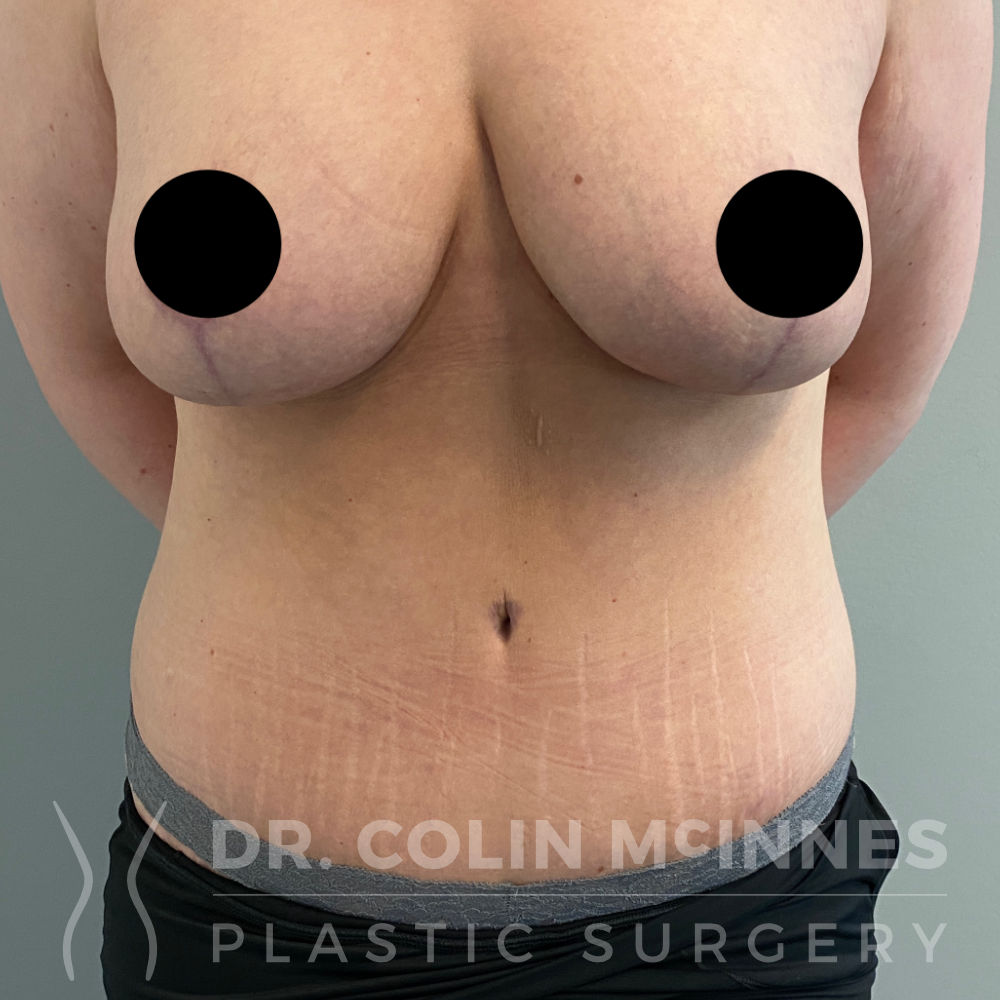Drainless Tummy Tuck in Vancouver
An abdominoplasty, more popularly known as a tummy tuck, is a powerful technique to recontour the abdomen. Unlike non-invasive procedures, which are often costly and insufficient to achieved the desired results, abdominoplasty removes excess fat and skin from the abdomen that can be present following weigh fluctuations, maternity, or ageing. Abdominoplasty is not a weight loss surgery, it is designed solely to contour your abdomen.
What Is a Drainless Tummy Tuck?
There are 3 main layers of the abdomen:
- Outer skin and fat
- Muscle layer
- Internal layer (contains fat and internal organs)
A drainless abdominoplasty surgery involves removing a segment of skin and fat, tightening the internal muscles, and re-closing the skin and fat layer in a fashion that improves the contour. The internal layer containing organs and fat is not treated with abdominoplasty, which is an important concept. If there is too much internal fat such that the abdomen pushes outwards, after surgery the contour of the abdomen will be improved, but will be unlikely to be completely flat. Dr. McInnes will assess your abdomen at your consultation and give you an idea about your expected contour afterwards, or if he recommends additional weight loss beforehand.
Types of Abdominal Contour Procedures
There are several different types of abdominal contouring procedures available. The operations are done under general anesthetic. Specific adjustments are individualized, but common adjuncts include liposuction, mons pubis contouring, and a breast lift (aka. “mommy makeover”).
Abdominioplasty Candidates
- Adults with significant skin excess and looseness
- Adults with a relatively stable weight (including those after weight loss)
- Individuals without complex medical conditions that would increase the risks of surgery
- Non-smokers
Consultation
In addition to details on your medical history, Dr. McInnes will want to know specific details about any respiratory issues, any previous abdominal surgery, or conditions such as hernias, etc. It is very helpful if you bring 1-2 printed photographs of your desired surgical outcome.
Dr. McInnes will perform a thorough physical examination to help advise you on the best abdominal contouring procedure for your body.
Recovery
Following your surgery, a dressing will be applied to your incisions, and your will wear a supportive abdominal binder for 4-6 weeks.Dr. McInnes may use drains to help remove excess fluid caused by swelling and inflammation from surgery. Specific post-operative protocols will be printed out at the time of your consultation to help you better understand the post-operative experience.
What happens after I’ve recovered in the recovery room?
- Most patients spend 1-2 hours in the recovery room before being discharged. If you’ve had additional procedures done, an overnight stay may be possible if arranged well in advance of your surgical date, but often is not required. You will be given pain medication to take at home, and Dr. McInnes will discuss this with you at your consultation.
What medication will I be given or prescribed after surgery?
- Dr. McInnes believes in multi-modal pain treatment as it has been shown to be the most effective and decreases the use of narcotic pain medications. He will commonly treat his patients with a combination of acetaminophen (Tylenol), ibuprofen (Advil), and a short course of narcotic. In combination with the numbing (freezing) medication injected at the surgical site, many patients are surprised by just how little narcotic medication they use.
When can I resume normal activity and exercise?
- For abdominoplasty surgery, Dr. McInnes doesn’t want his patients doing any intense physical activity for at least 4 weeks. Dr. McInnes will provide you with a detailed post-operative form to review before and after surgery. Generally speaking, you will need to take it easy for 3-4 weeks, and avoid excessive tension on the incisions for at least 6 weeks.
*You will be given specific verbal and written instructions before your surgery date, and will have emergency contact information for Dr. McInnes so you can reach him at any time if there are any concerns.
Results & Expected Outcome
The smoother, tighter contours that result from an abdominoplasty are apparently almost immediately following your procedure, although they will be somewhat obscured by swelling. The skin itself will continue to contract after your surgery as the swelling subsides. A scar will remain where the incisions were made, which generally fades to a nice, faint line with time.
Although excellent results are expected from your procedure, like all things in medicine and surgery, there is never a 100% guarantee. In some situations, it may not be possible to achieve optimal results with a single surgical procedure and another surgery may be necessary. For patients with massive weight loss, occasionally a “reverse abdominoplasty” is also required but cannot be done at the same time or it will disrupt the blood supply to the abdomen. The results of abdominoplasty surgery will be relatively long lasting, provided that you maintain a stable weight and general fitness. As your body ages it is natural to lose some firmness, but most of your improvement should persist.
Abdominoplasty FAQ's
My friend got a free tummy tuck, why are you charging me?
Cosmetic surgery is not a benefit of the Medical Services Plan (MSP) anywhere in Canada, as taxpayers do not wish to pay for cosmetic surgery. A procedure called a panniculectomy is covered by MSP in certain medical circumstances, however this is not a cosmetic operation. Sometimes patients do not understand the difference between the two operations, and may report getting a “free tummy tuck”. This procedure involves removing some excess fat and skin below the belly button in certain patients but it does not contour the abdomen, and often does not produce a cosmetic improvement as the belly button gets sewn down to the pubic line. Many plastic surgeons refuse to do this procedure because it is somewhat aesthetically displeasing and is only for certain medical conditions. Dr. McInnes is happy to discuss the indications, limits, and outcomes of panniculectomy with you at your consultation.
What about my stretch marks?
Childbirth or weight loss commonly leave patients with stretch marks, which are full thickness scars in the skin. Like scars elsewhere, there isn’t a magic potion to eliminate them. Abdominoplasty surgery may remove some of the stretch marks, but this will depend where they are located. If they are mainly below the belly button, they will be mostly excised. If the stretch marks are located above the belly button, they will still be present after abdominoplasty. Dr McInnes will discuss this with you during your consultation.
What about non-invasive treatments (Coolsculpting, Sculpsure etc.)
Non-invasive treatments can be used for very mild cases, but won’t achieve the desired results for more moderate fatty deposition. Coolsculpting is often over-promoted in cosmetic med-spas by non-plastic surgeons who don’t have the ability to offer any surgical treatments. Several surgeons have abandoned less invasive options as patients were often spending a considerable amount of money only to be left disappointed with very modest results. Similarly, for very large amounts of excess fat, particularly if there is excess skin, liposuction alone may not achieve desired results. By offering multiple treatment options, Dr. McInnes can advise you on the treatment that will give you the results you desire with the least amount of downtime.
Why should my weight be stable before abdominoplasty?
The reason weight should be stable before abdominoplasty is because weight fluctuations can impact the results of your surgery. For example, if you were to lose a significant amount of weight after your abdominoplasty, Dr. McInnes may have been able to remove additional skin and fat from your abdomen. Similarly, if you gain weight, your surgical results will not be optimized for your size. It is important to aim for a healthy, sustainable weight prior to your abdominoplasty.
Cost
Prices for abdominoplasty surgery vary based on your individual surgical requirements, the exact procedures performed, and will be provided after your assessment.
Your quoted cost will include the following:
- Surgical facility fee and nursing staff fees
- The anesthesiologist fee
- Cost of all surgical supplies
- Surgeon fee
Financing plans are available and are becoming an increasingly popular option.
Risks
There are risks associated with your surgery. Please download the consent form designed by the American Society of Plastic Surgeons (ASPS) for a detailed list and description of the risks involved (found here). Risks of surgery will be discussed prior to your consent. It is important to address all your questions directly with Dr. McInnes.
Tummy Tuck Cost in Vancouver
The cost of a tummy tuck in Vancouver is based on individual surgical requirements and the exact procedures you require will be provided after your consultation. A mini abdominoplasty starts at $11,500. A Drainless abdominoplasty with liposuction + mons reduction/lift starts at $15,000 and an extended or vertical abdominoplasty starts at $17,000. Financing plans are available and are an increasingly popular option.
Before & After Photos
Breast Augmentation with New Implants
Mastopexy, Nipple Reduction, Areola Reduction, Drainless Tummy Tuck with Lipo + Lower Back Liposuction
Before
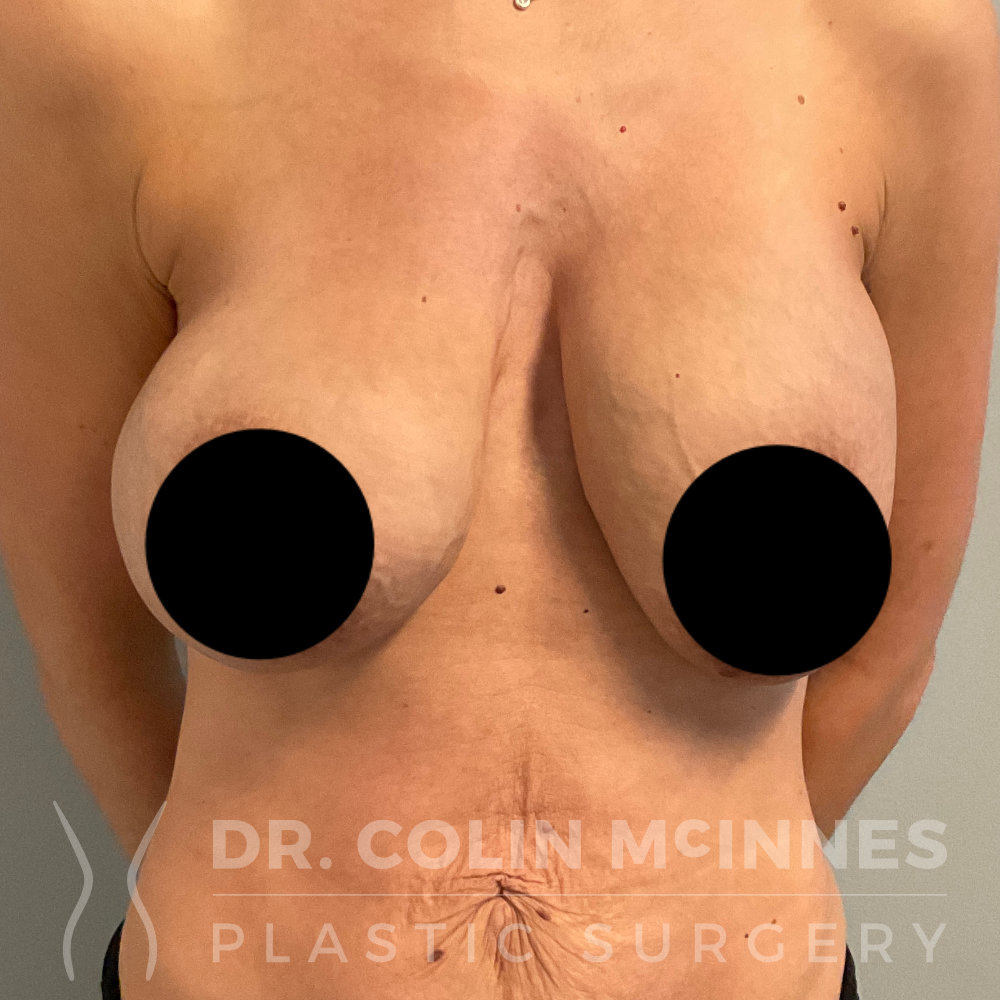
7 Weeks After

Drainless Abdominoplasty with Liposuction
Before
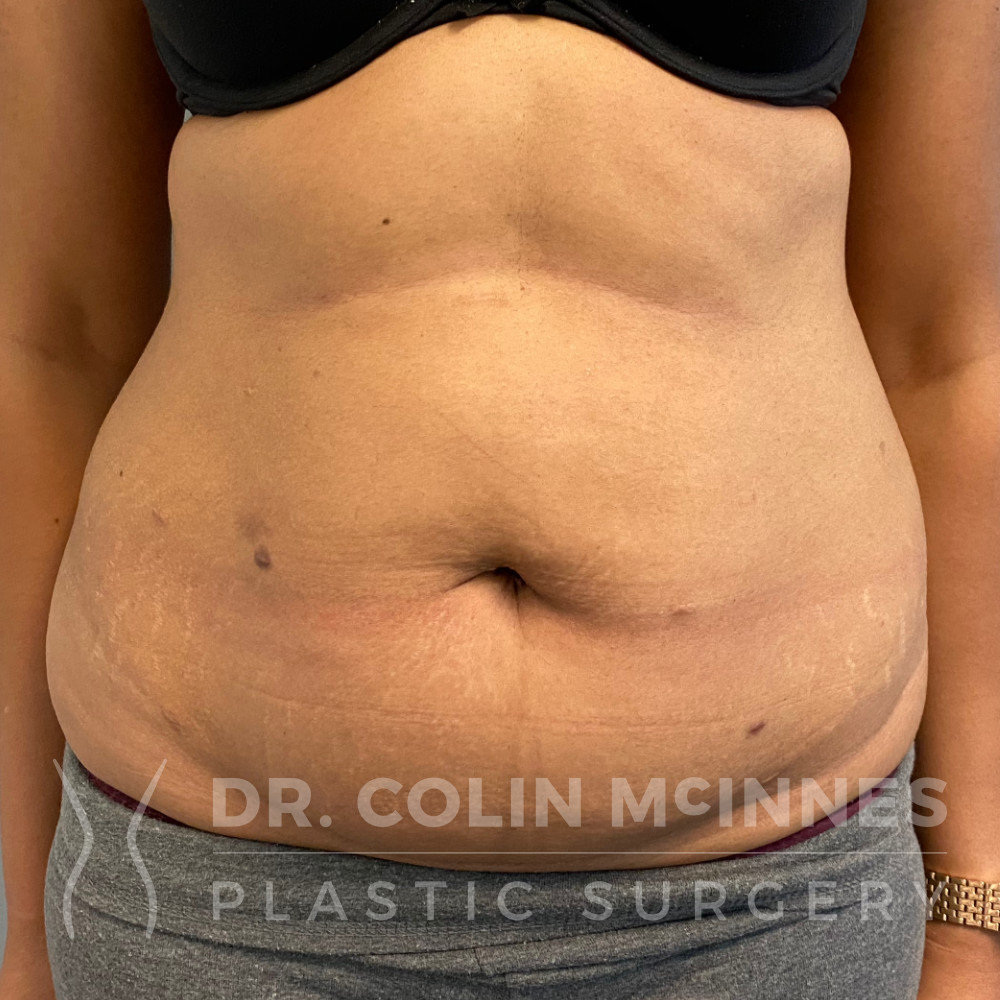
2 Weeks Post-Op
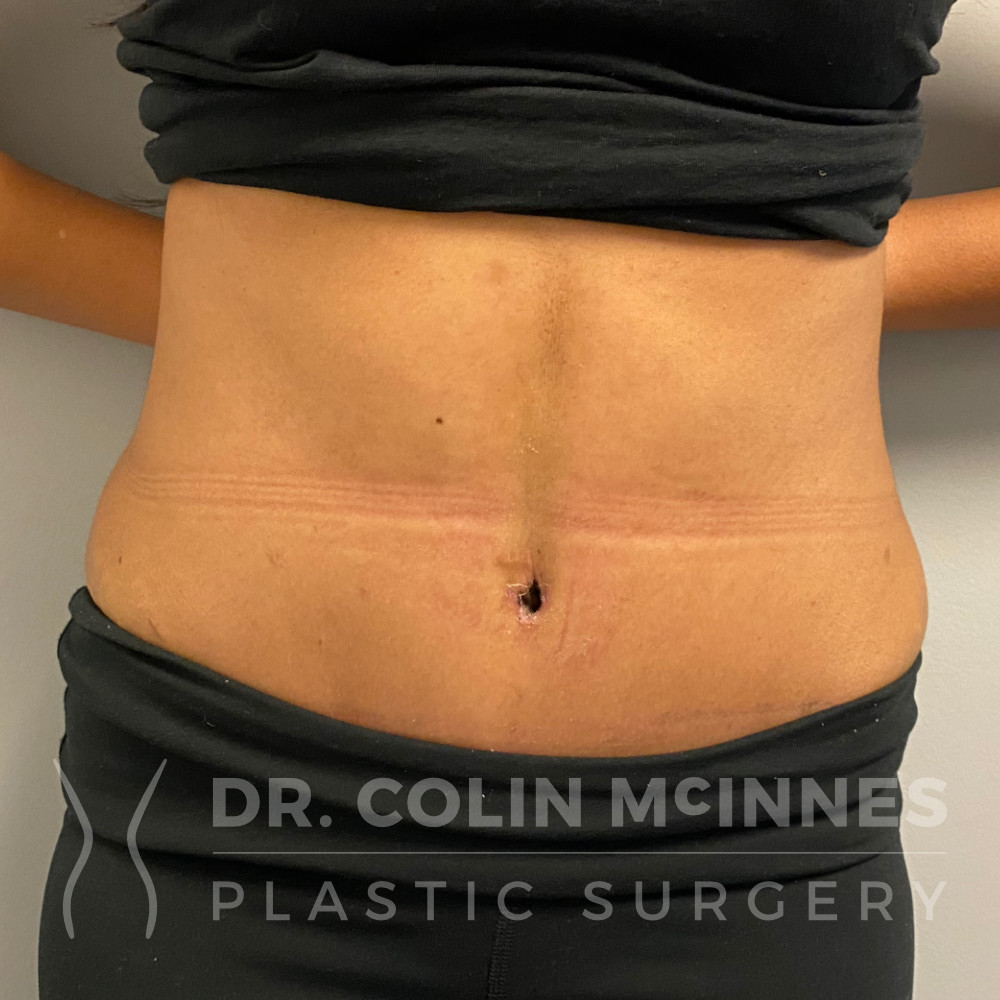
Drainless Abdominoplasty with Liposuction
Before
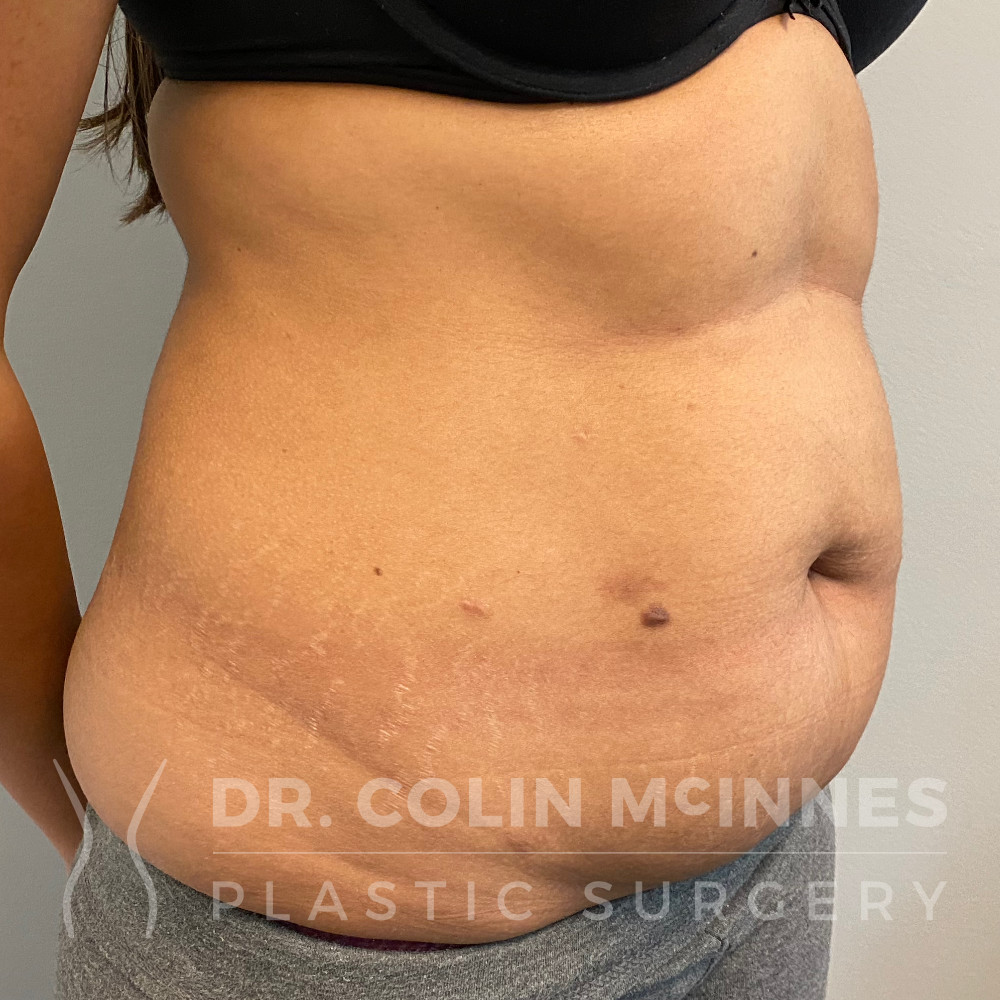
2 Weeks Post-Op
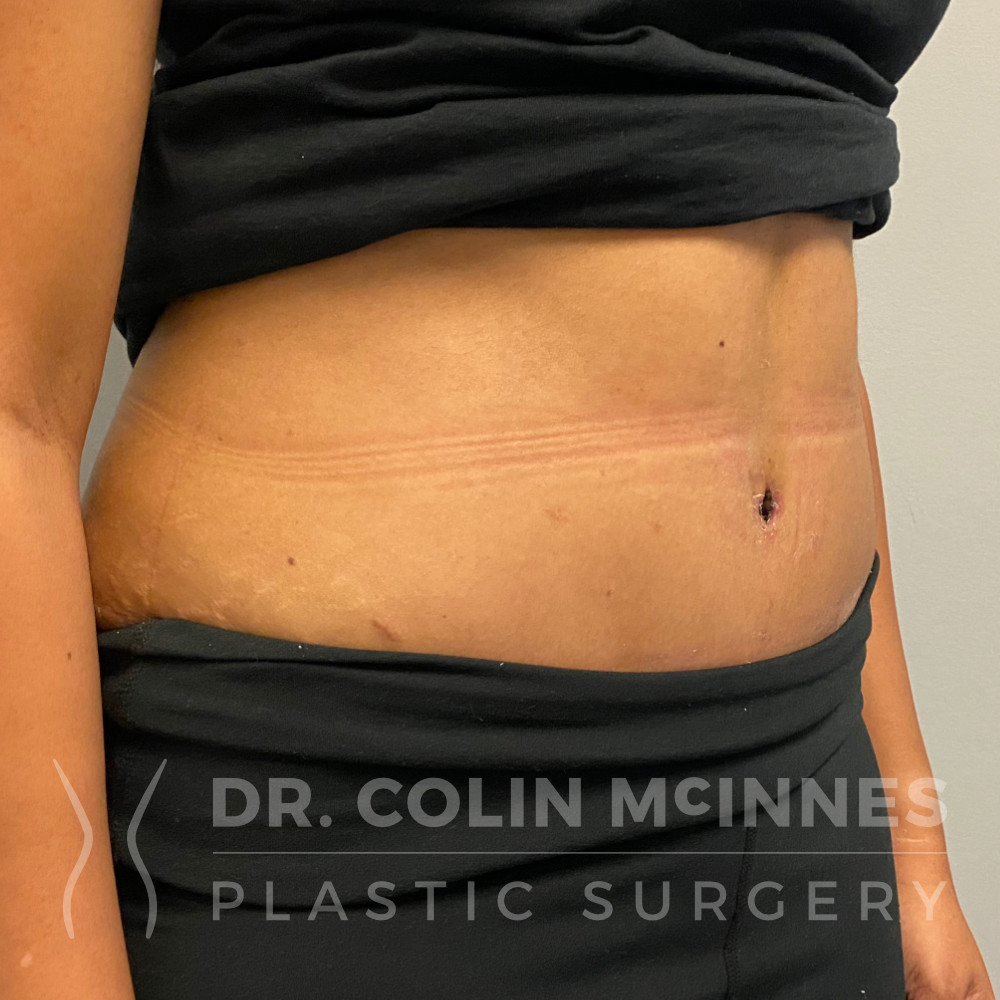
Drainless HD Tummy Tuck
Before
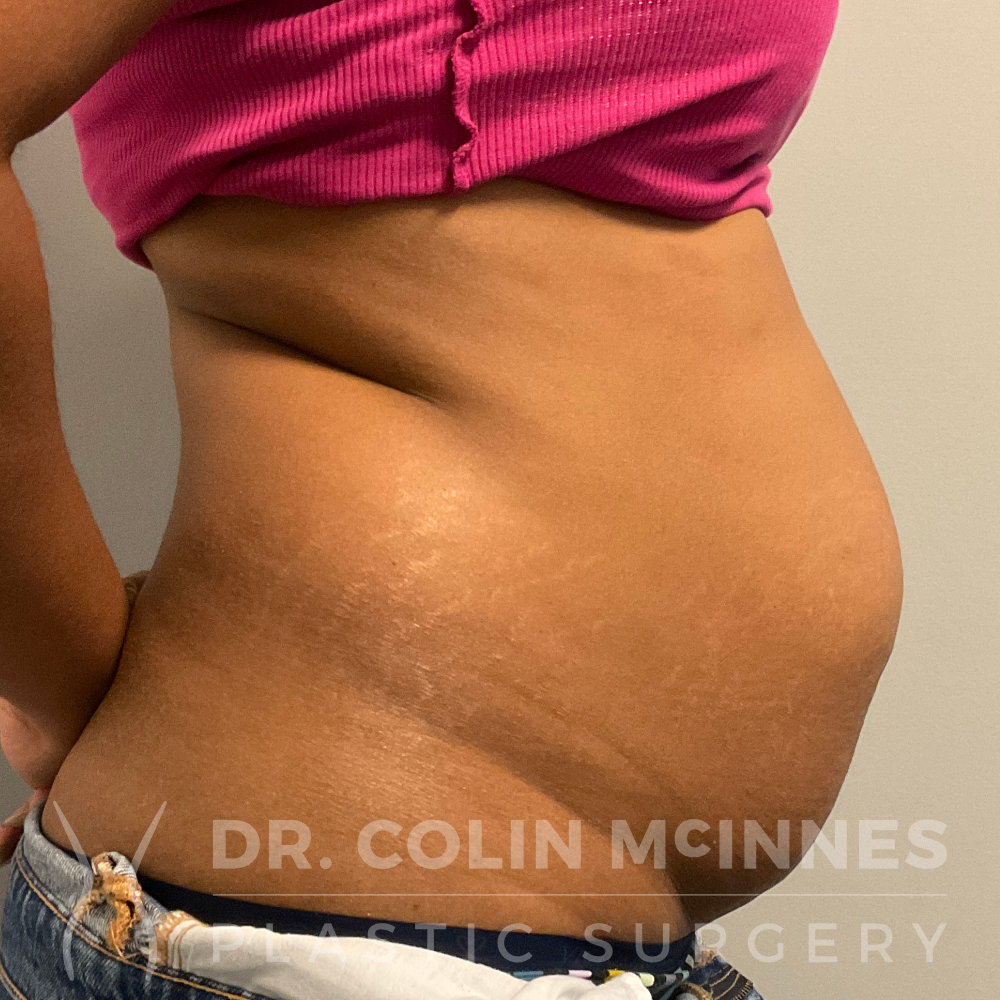
2.5 Months After

Drainless HD Tummy Tuck
Before
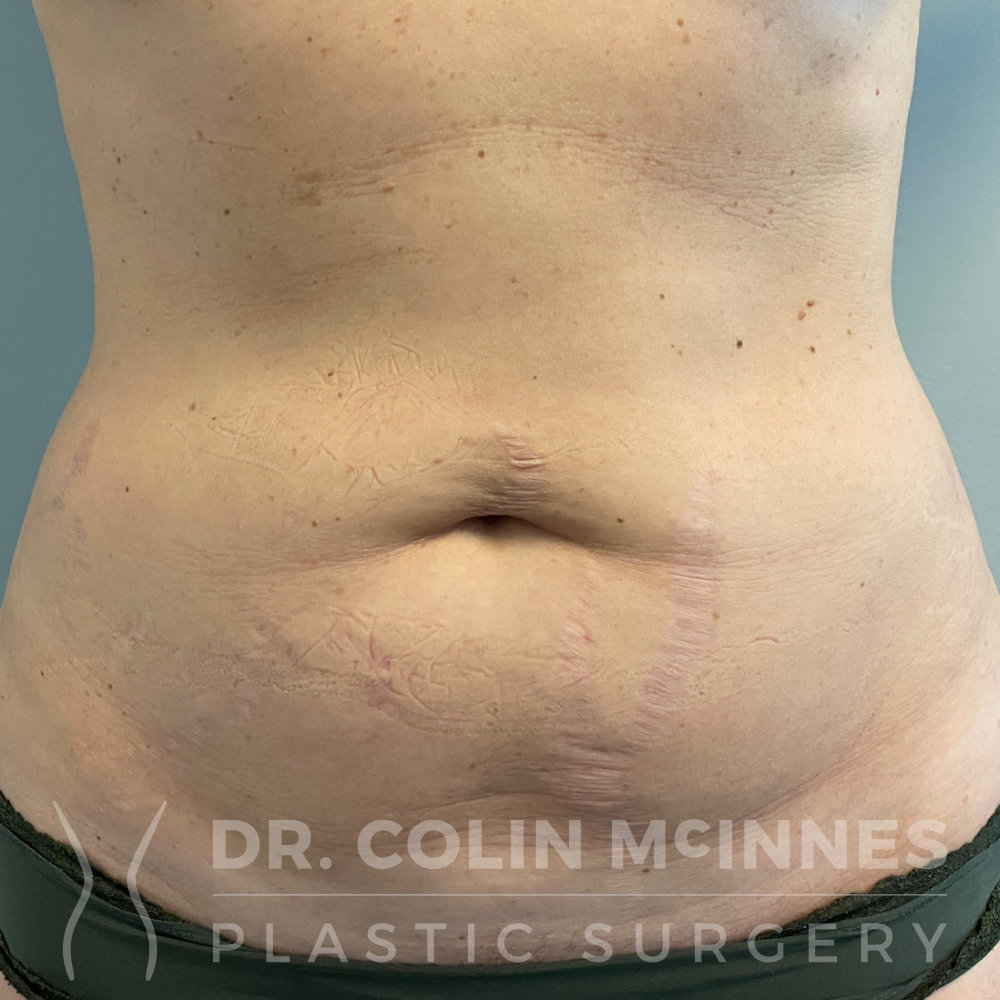
5 Months After
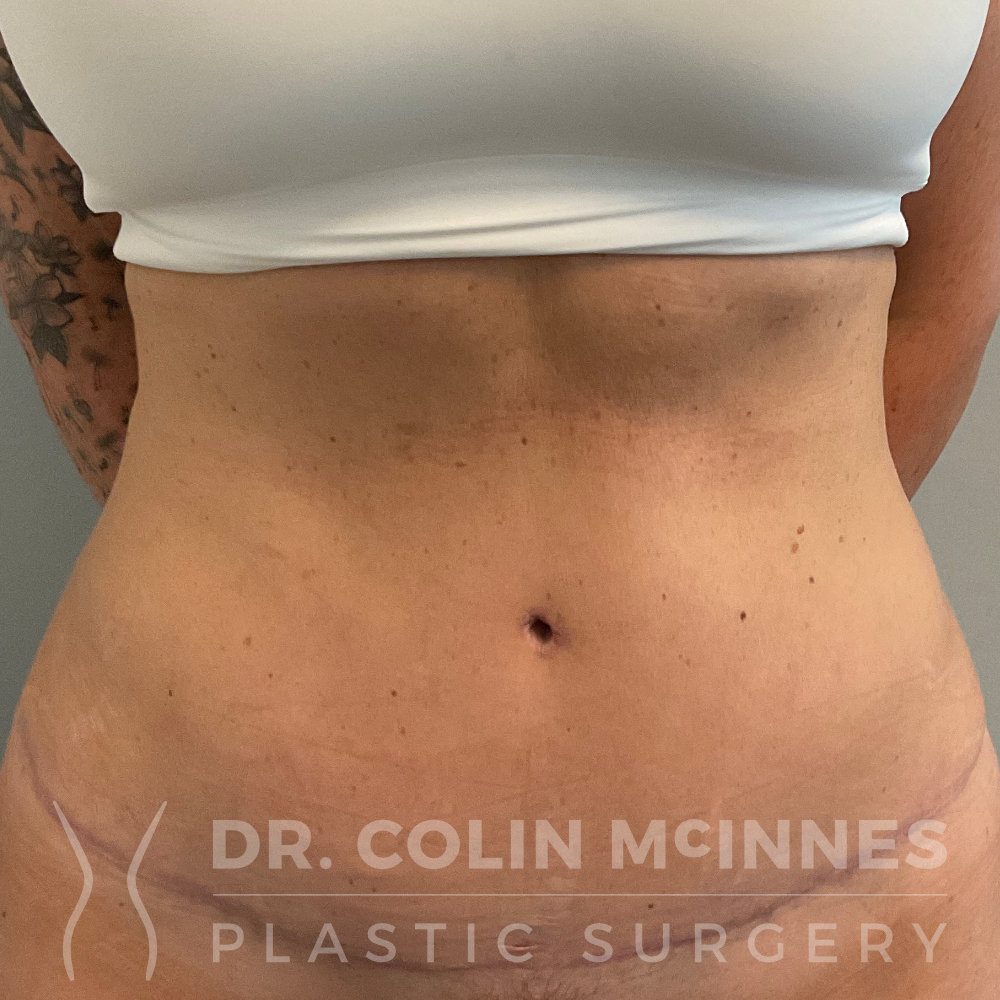
Drainless HD Tummy Tuck
Before
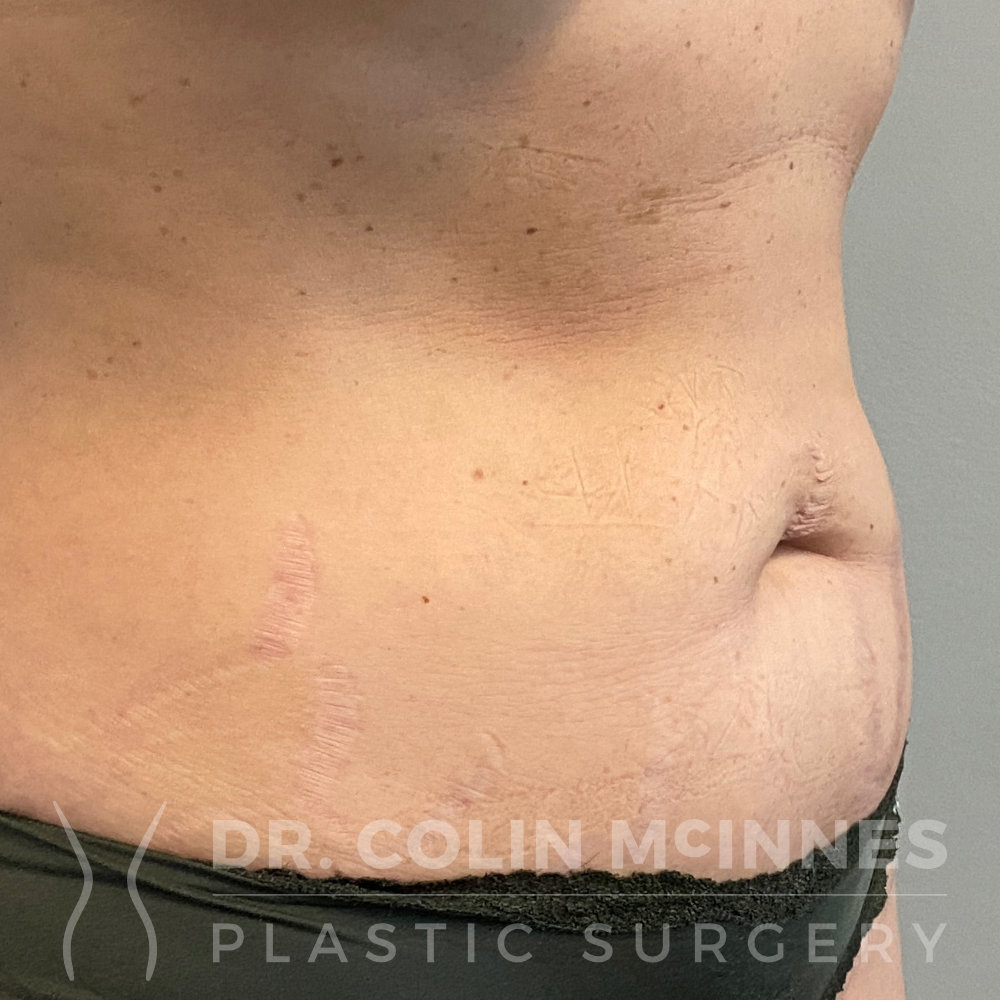
5 Months After

Drainless HD Tummy Tuck
Before
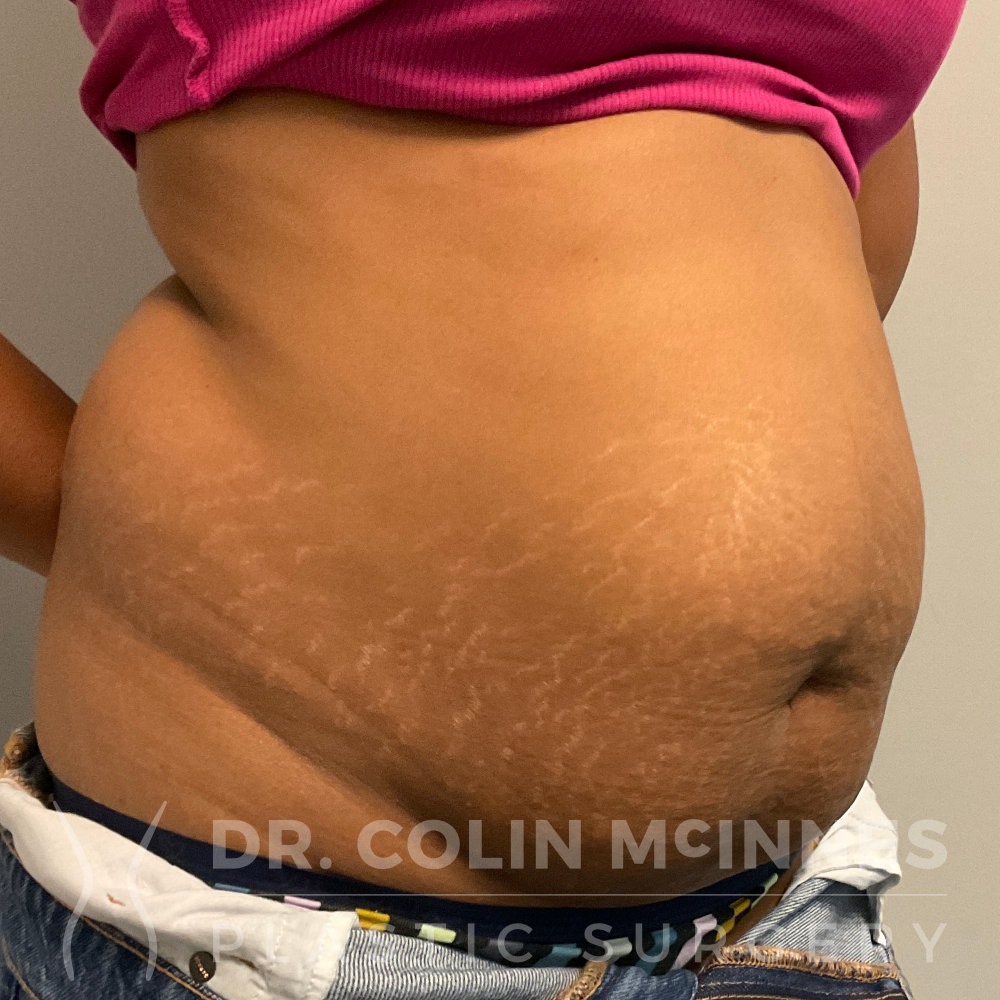
2.5 Months After

Drainless HD Tummy Tuck
Before
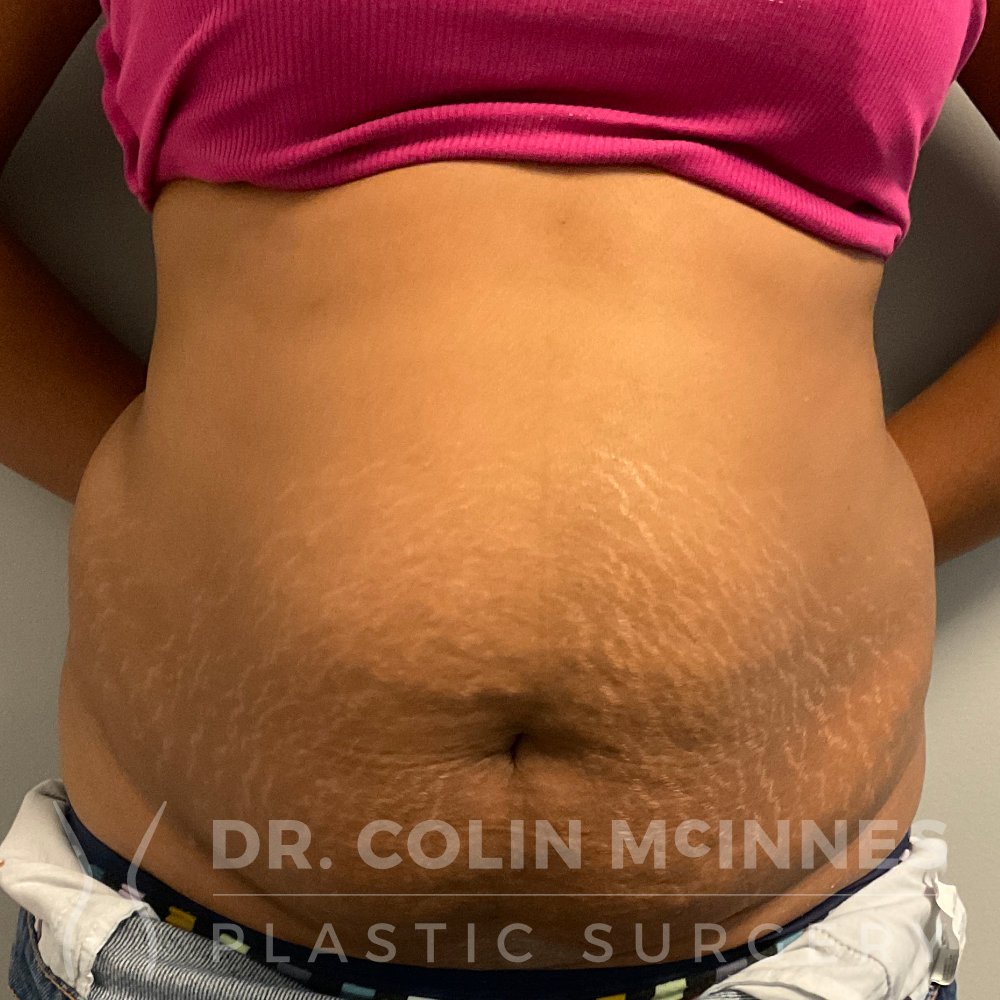
2.5 Months After
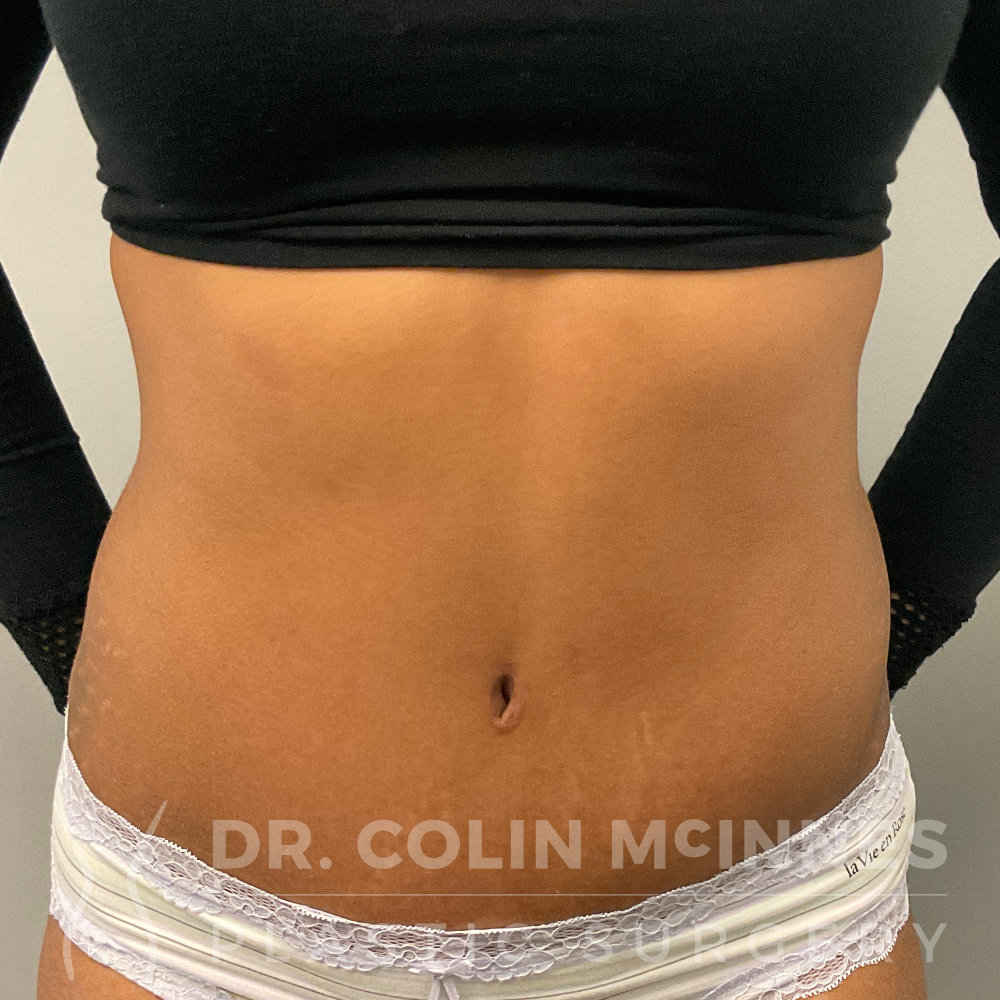
Drainless HD Tummy Tuck
Before
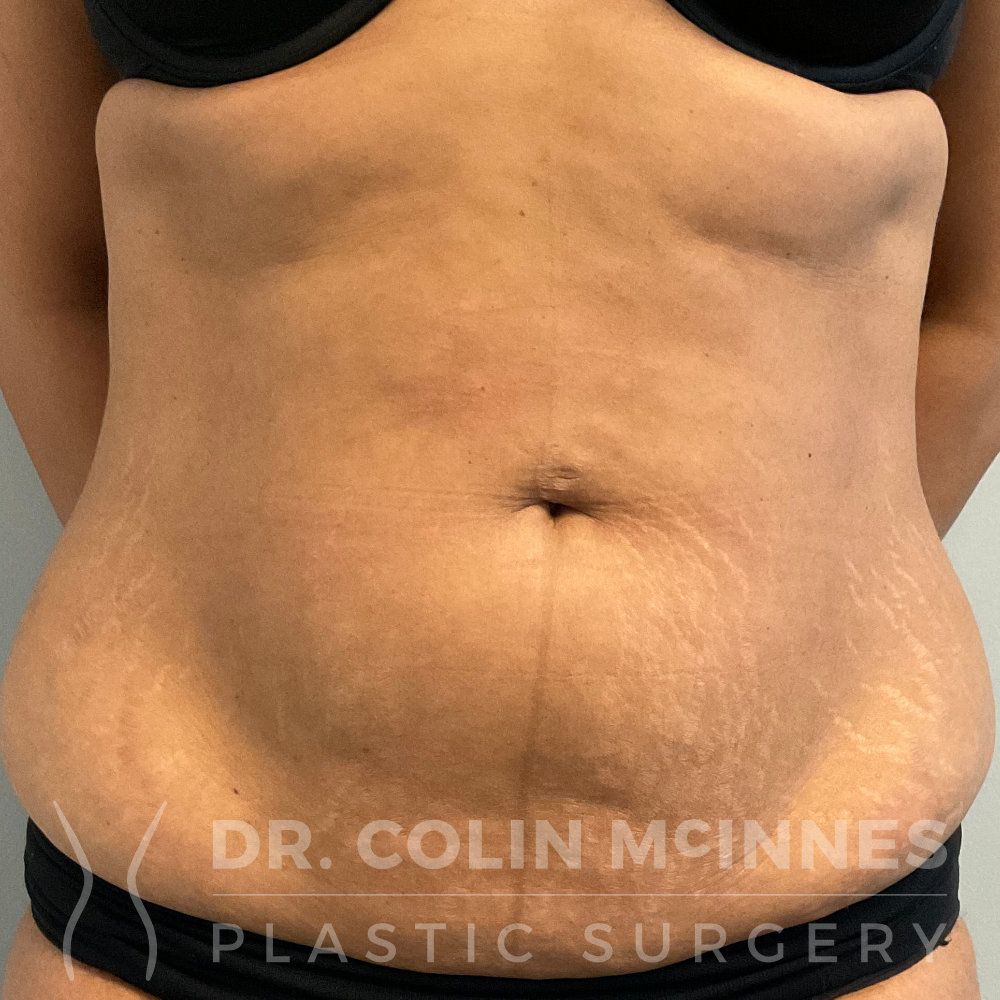
6 weeks after
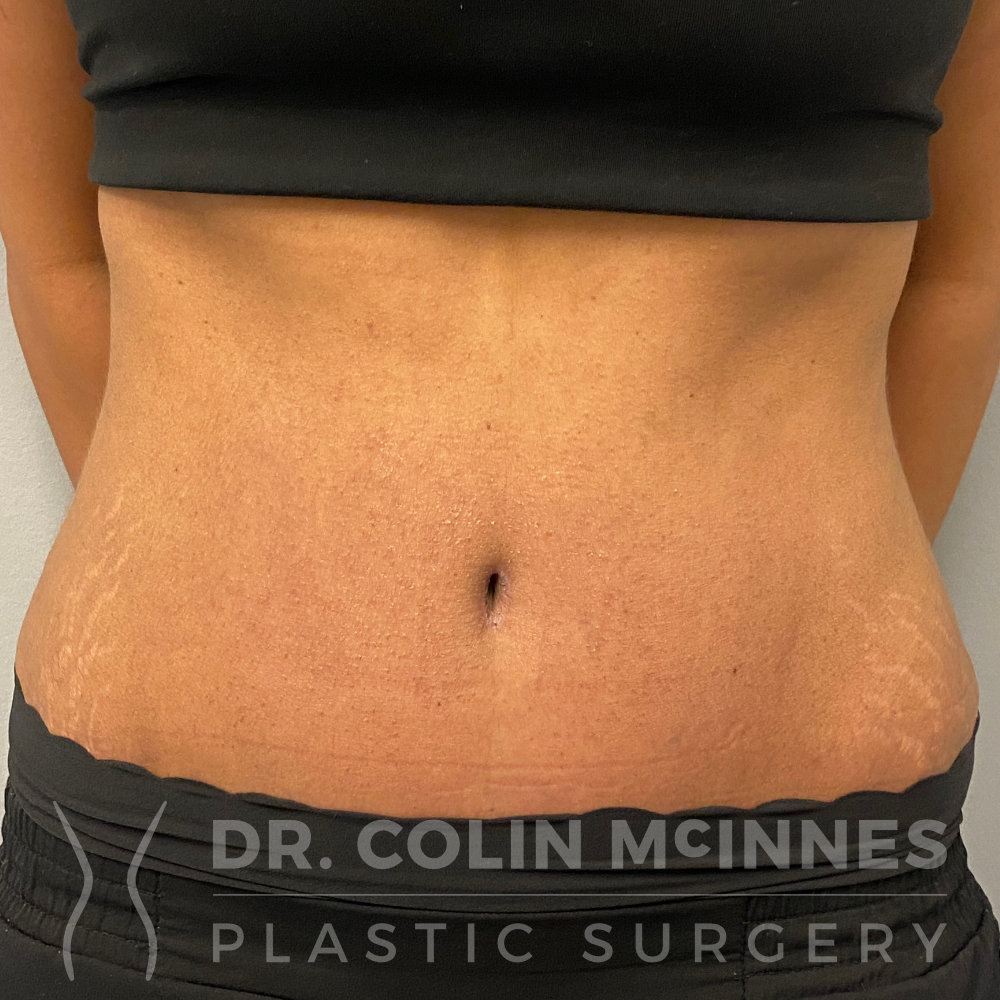
Drainless HD Tummy Tuck
Before
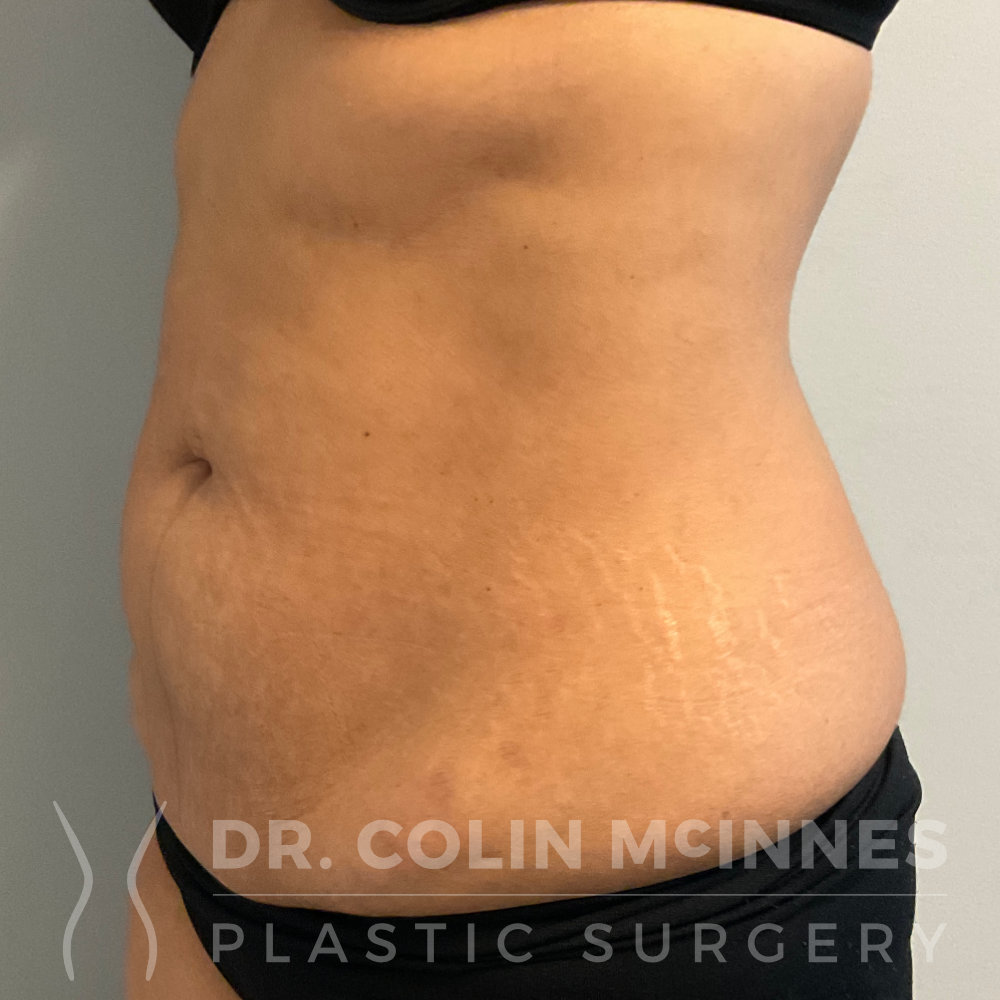
6 weeks after
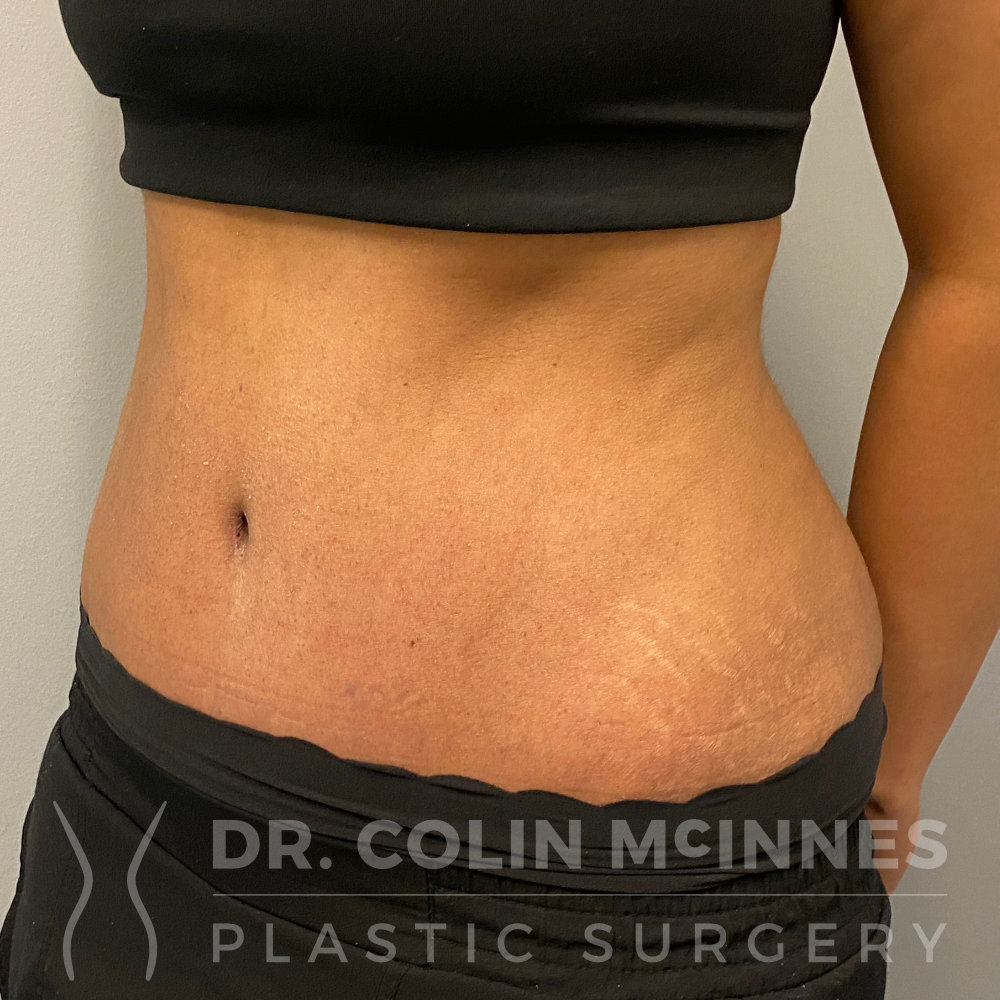
Mini-abdominoplasty
Before

3 Months Post-Op
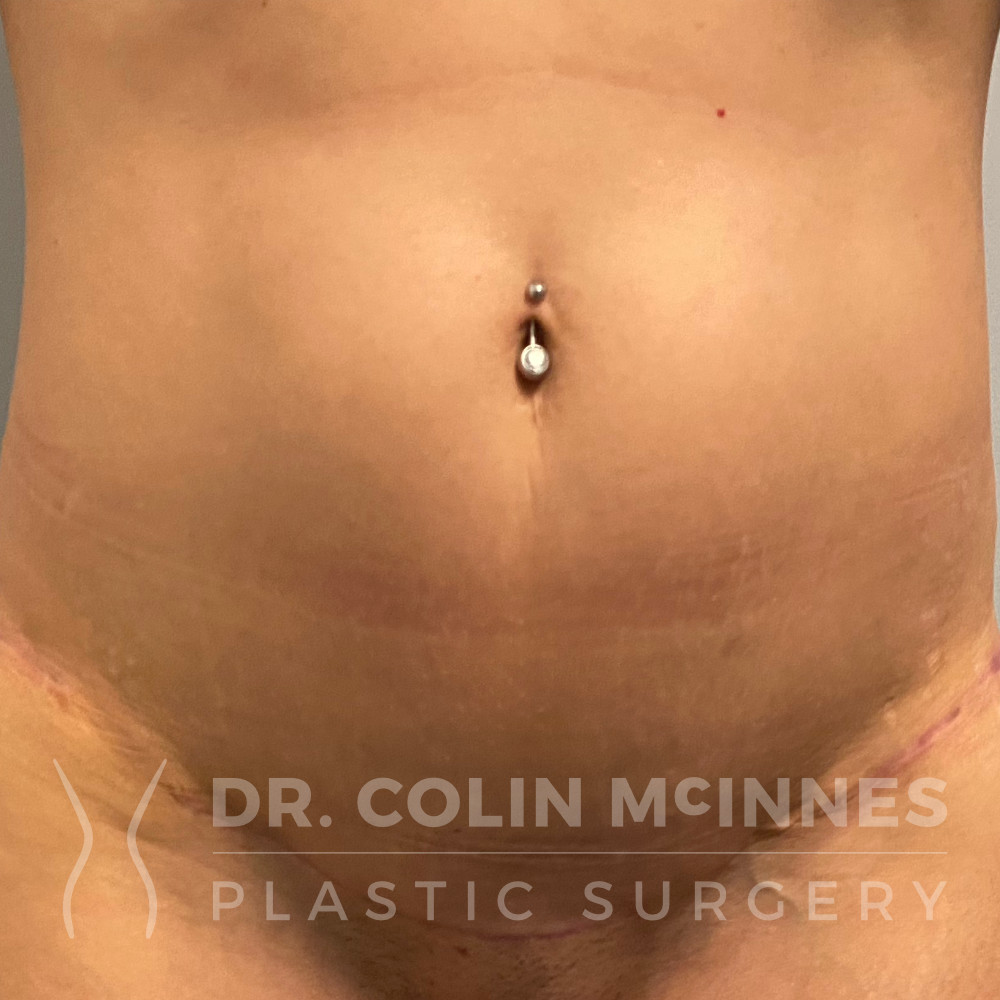
Breast reduction, abdominoplasty & liposuction
Before
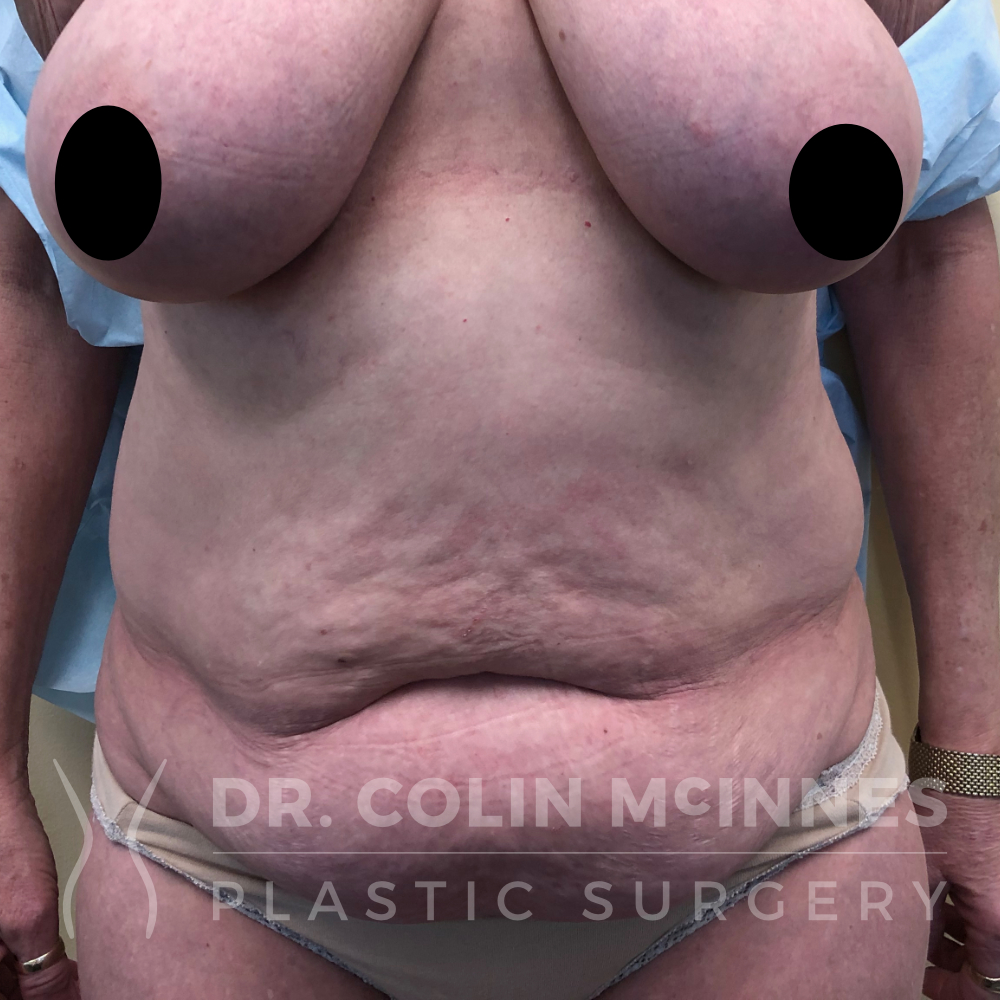
1 year post op

Tummy Tuck
Before
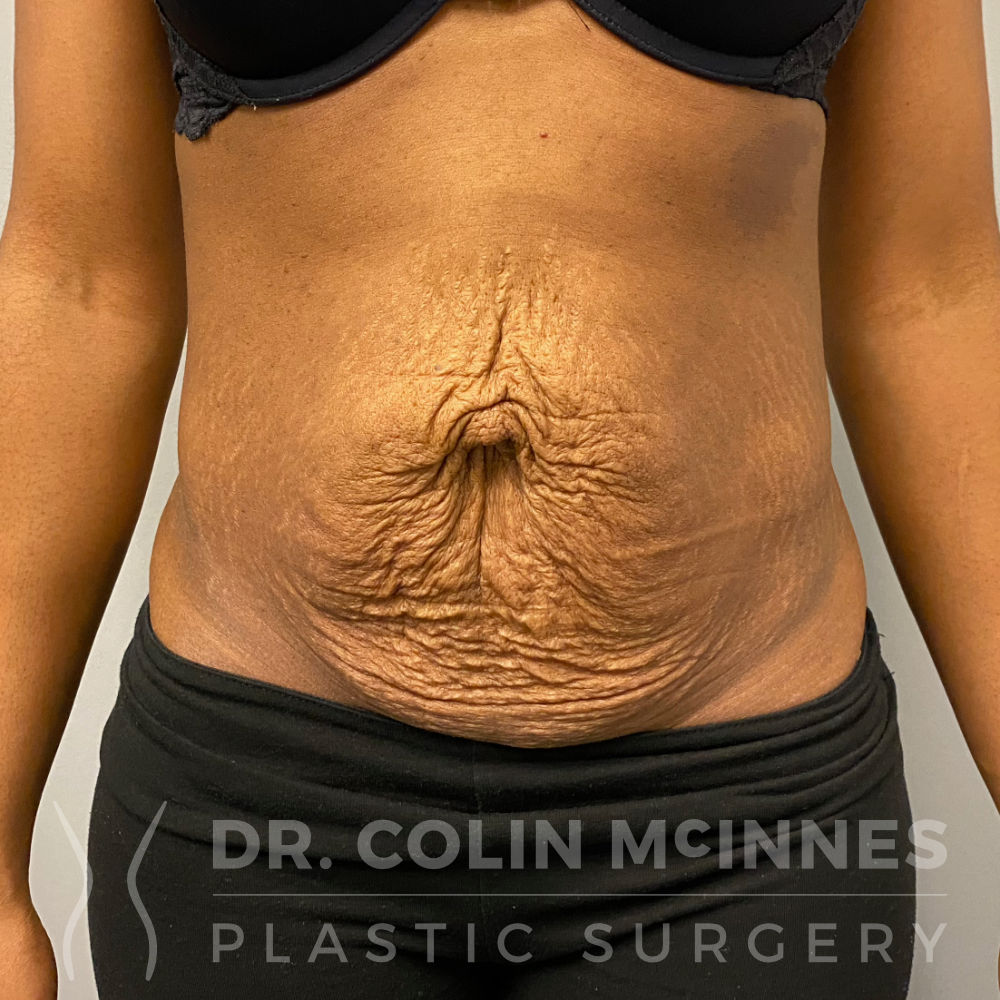
After

Tummy Tuck & Breast Lift
Before
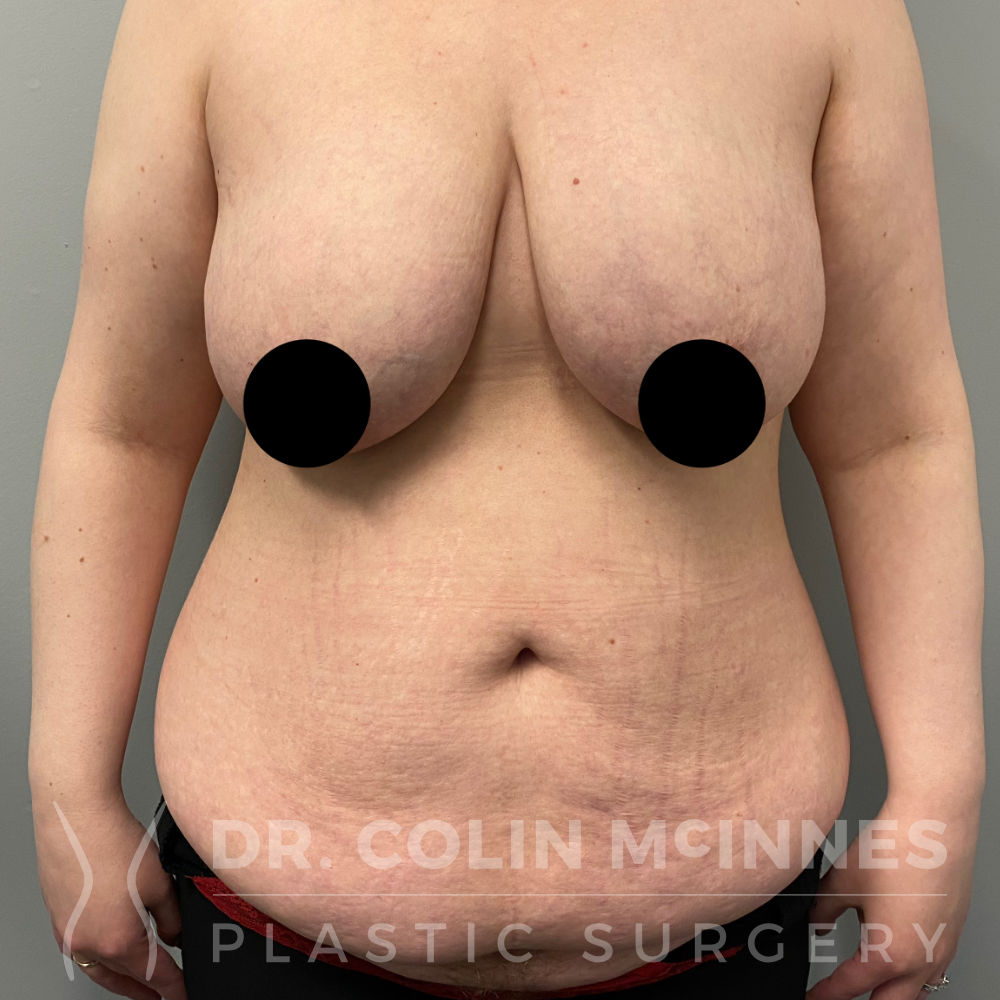
5 Months After
